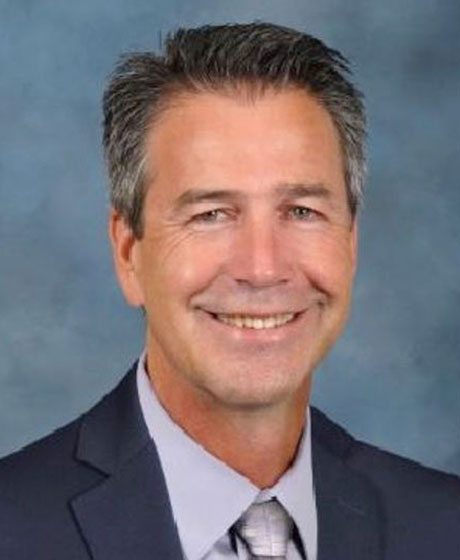
A conversation with …
Tom Armelino
T
om Armelino is the new executive director of the California Collaborative for Educational Excellence, a state agency founded in 2013 as part of the Local Control Funding Formula. The CCEE, along with the California Department of Education and county offices of education, compose California’s Statewide System of Support, which acts as a safety net to help struggling districts and schools get back on track.
Armelino has more than 30 years of experience in public education. Starting as a language arts teacher, he has since worked as a middle school principal, county superintendent in the Shasta County Office of Education and most recently as the executive director of the National Association of School Superintendents.
California Schools spoke with Armelino about his new role and the work of the CCEE in helping school districts close achievement and opportunity gaps.
How did you become interested in the CCEE?
The old accountability system was pretty heavy-handed. Many experienced folks were coming in trying to tell us what to do, but they didn’t actually provide a lot of help. This idea of an agency working alongside districts — working hand-in-hand with them and providing a lot of resources and information on best practices and ways to improve achievement — made a lot of sense to me and was an exciting opportunity.
What is your vision for the CCEE?
My experience working as a county superintendent covering 25 school districts was particularly helpful. We learned to build our county office and programs around what [districts] needed, whether that was professional development or community partnerships or data or resources. We worked collaboratively with the districts to support that process. That’s really our role at CCEE. We are a partner and a system of support. We are going to share data, research, bright spots, best practices, build trust and work together to improve achievement.
What challenges are school districts facing?
Every district is different, of course, but there are equity issues. There are funding issues, particularly with concerns about increasing CalSTRS and CalPERS [pension] costs. In many districts, underserved students struggle to get the resources they need. Some districts are struggling with their LCAP document and seeing it as more than a compliance document and ensuring parent engagement. We’ll be looking at areas where folks are making a difference in lowering the achievement gap, particularly those with similar student demographics, and use these bright spots as a resource and example of best practices.
How is the CCEE helping school districts address these challenges?
Under the Systems of Support, there is a three-tiered structure. The first is district and county offices coming together, looking at best practices and the tools and strategies needed to implement them. In addition, we are really working with our pilot districts and sitting down with superintendents to examine data and look at research around that data to help them develop goals and provide resources to help ensure a continuous cycle of improvement. The second tier is differentiated assistance, which is for districts not meeting the state standard in the assessments piece of the California School Dashboard. We are working with them to look at their data compared to cause analysis and root causes, and then collaborating with counties on a systemic approach to help districts improve. Through the pilot program, we’ll then work with districts to develop best practices and use that as a model to roll out statewide. The third tier is technical assistance, where we will work with counties who have been struggling for some time and that may have some financial issues. We will work collectively with the county office and other organizations to come together and work with identified districts to figure out how we can best use the resources that we have. There are quite a few resources, especially in the new state budget, and we are involved in working with agencies to make sure that they are used across the state.
With a small staff, how does the CCEE scale up to work with districts?
We use a fine eye to really look at what our priorities are. A large part of our work, too, is working collectively with other agencies. County offices are one of our key partners; they are really tasked with locating the financial resources to help their districts. So, a lot of what we do is take the opportunity to look at research and other tools and resources and work in partnership with folks to get districts that information.
How do you identify success?
The bottom line is we need to be looking at how students are doing, particularly those groups that are historically underserved. Are we seeing the achievement gap narrow? Ultimately, all of our work has to lead to students doing better. We need to make sure students are ready for college or careers. We have to make sure graduation rates, particularly in student subgroups, improve. All of these are ways to measure impact.
What should school board members know about the CCEE?
If you look at where school districts have been successful in serving students, you are going to find boards that have worked hand-in-hand with their district and their school administration. This is similar to CCEE, where we work in partnership with districts to build trust and resources collectively and school boards need to be a part of that. School boards are responsible for setting the LCAP, approving the budget and working with administration. Whether it’s improving governance, or for best practices or research, I want school boards to see us as a resource.
Hugh Biggar is a staff writer for California Schools.